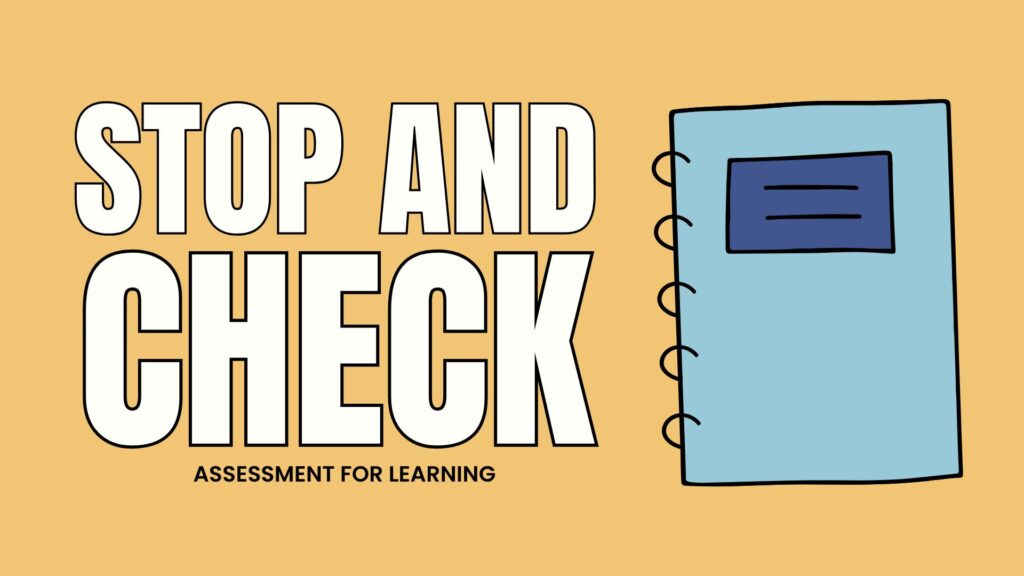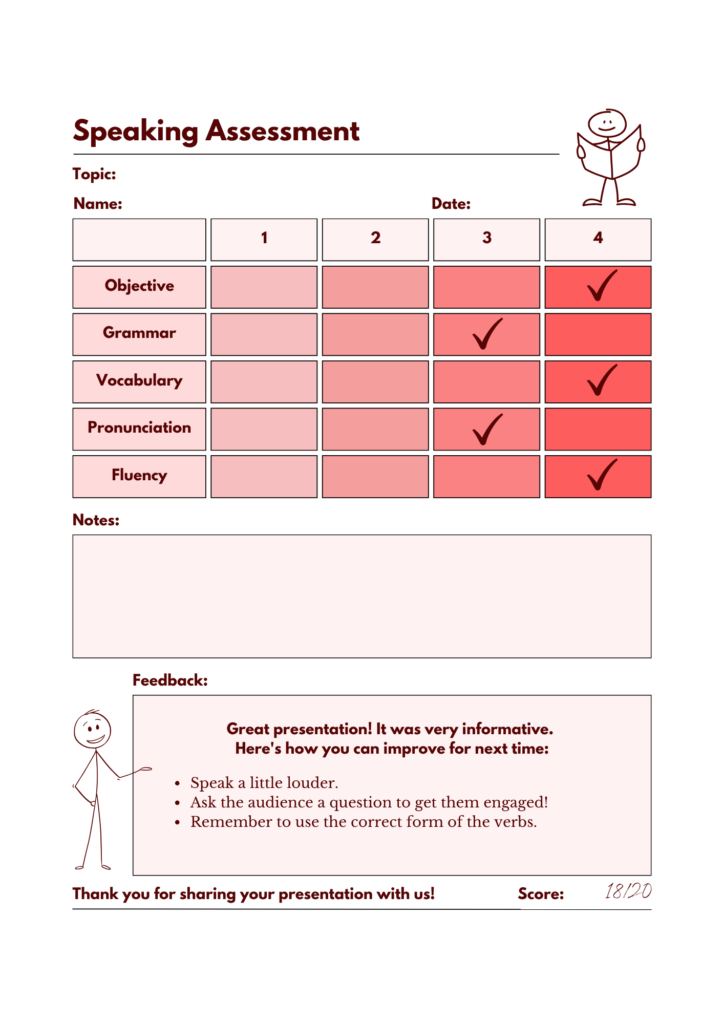
Introduction
Assessment methods are at the heart of effective teaching and learning. In today’s classrooms, help educators measure student progress, guide instruction, and ensure every learner’s success. As schools embrace diversity and new technology, assessment have evolved to meet a variety of needs and learning styles. This article explores what assessment are, why they matter, and the different types used in education today.
What Are Assessment Methods?
Assessment are the tools and processes educators use to evaluate student learning, skills, and progress. These methods can be formal or informal, traditional or innovative, and serve multiple purposes from checking day-to-day understanding to measuring mastery at the end of a term. Good assessments provide feedback to both students and teachers, helping everyone grow and succeed.
Types of Assessment Methods
1. Formative Assessment
Formative assessment are used during the learning process to monitor student understanding and provide ongoing feedback. Examples include:
- Quizzes and short tests
- Classroom polls or clickers
- Observations and checklists
- In-class discussions
- Drafts and peer reviews
These methods help teachers identify areas where students need more support and adjust instruction in real time.
2. Summative Assessment
Summative methods evaluate student learning at the end of a unit, semester, or school year. Common examples include:
- Final exams
- Standardized tests
- End-of-term projects or presentations
- Portfolio reviews
Summative assessment methods are usually higher stakes and help determine grades or advancement.
3. Diagnostic Assessment
Diagnostic assessment are used before instruction begins to gauge students’ current knowledge, skills, or needs. Examples include:
- Pre-tests
- Skills inventories
- Reading assessments
These assessment help teachers plan targeted lessons and interventions.
4. Performance-Based Assessment
Performance-based assessment require students to demonstrate their skills and knowledge by creating a product or performing a task. Examples include:
- Science experiments
- Oral presentations
- Art projects
- Group work and role plays
These assessment encourage deeper understanding and practical application.
5. Self and Peer Assessment
These assessment involve students in evaluating their own or each other’s work. Examples include:
- Reflective journals
- Self-rating checklists
- Peer feedback forms
Self and peer assessment methods promote metacognition, responsibility, and critical thinking.
Why Assessment Methods Matter

Assessment shape how and what students learn. Effective assessment ensure all students have opportunities to show what they know in ways that fit their strengths. They support growth, boost motivation, and guide better teaching. With a variety of assessment s, schools can create more inclusive and equitable learning environments.
Adapting Assessment Methods for Diverse Learners
Today’s classrooms are more diverse than ever, with students from various backgrounds, abilities, and learning preferences. To ensure every learner succeeds, teachers must adapt to meet individual needs. This may involve providing alternative formats for assignments, allowing extra time, using visual or hands-on tasks, or leveraging technology for accessibility. By personalizing assessment methods, educators can foster confidence and help all students demonstrate their knowledge in ways that work best for them.
Conclusion
Assessment methods are essential tools for modern education. By using a mix of formative, summative, diagnostic, performance-based, and self/peer assessment methods and by adapting them for diverse learners teachers can support every learner’s progress. Choosing the right assessment methods helps build a classroom culture of growth, reflection, and achievement for all.

I’m Ethan Richards, the guy running the show at “Acknowledgment Templates.” I’ve been playing with expressions and formats to make acknowledgment writing a whole lot of fun. Over at Acknowledgment Templates, we’re here to make your acknowledgment section incredible. Let’s add some professionalism and gratitude to your project together!



